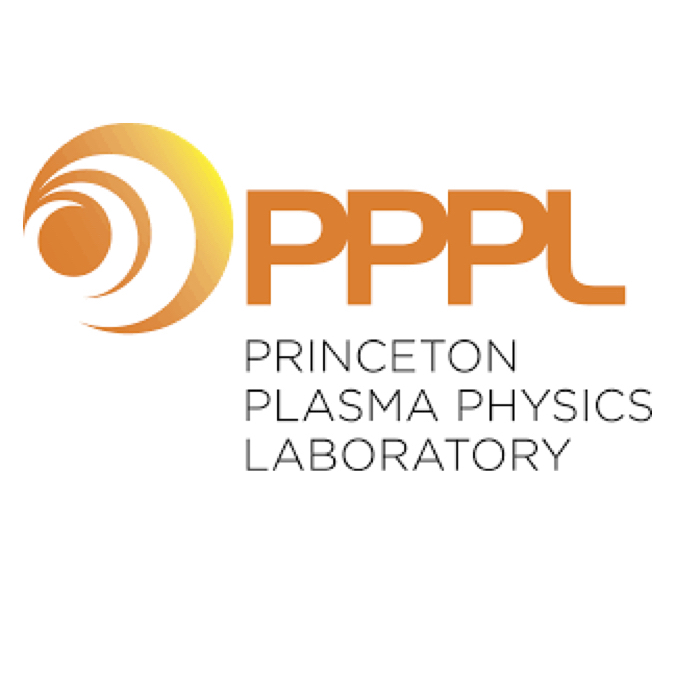Linear ion-scale micro-stability analysis of high and low-collisionality NSTX discharges and NSTX-U projections
C.F. Clauser, W. Guttenfelder, T. Rafiq, E. Schuster
11th ITER International School on “ITER Plasma Scenarios and Control”
San Diego, California, USA, July 25-29, 2022
NSTX high β and high collisionality discharges have shown ion transport
near neoclassical levels. In addition, data from NSTX discharges indicate
that the normalized energy-confinement time scales nearly inversely with
collisionality. One of the main motivations for NSTX-U is to investigate
increasingly reduced collisionality regimes in order to confirm this trend,
which might have a direct impact on the performance and success of future
low aspect ratio power fusion reactors. Therefore, it is of primary interest
to better understand the role of turbulent ion transport in those regimes
and to determine whether it can be relevant and if its presence will degrade
the confinement. These results can also enlighten the election of reduced
models when conducting predictive simulations for scenario planning. As
a first step, a broad series of linear gyrokinetic simulations were used
to investigate micro-stability properties for NSTX discharges and NSTX-U
projections over a range of collisionalities. The simulations were performed
using the code CGYRO and were focused on the confinement region in which
unstable modes in the ion-scale wavenumber range, were identified. Three
different NSTX discharges with high, medium and low collisionality were
chosen, as well as an NSTX-U projection with collisionalities even lower
than those of NSTX. Throughout all the cases that were analyzed, a complex
mode zoology was found to be present at the experimental or projected
conditions, including microtearing modes, which can contribute to electron
transport as well as hybrid trapped electron modes/kinetic ballooning
modes (TEM/KBM), which can also contribute to ion transport. Thresholds
of ion-directed modes such as kinetic ballooning modes (KBMs) and ion
temperature gradient modes (ITGs) were determined in most cases. KBMs
were found present in many cases, with their thresholds close or at the
experimental or projected value, providing further evidence that they
may play a role limiting the confinement. On the other hand, ITG were
never found to be unstable at the experimental or projected conditions
and their thresholds occur at increased ion temperature gradients, even
for the chosen NSTX-U condition, which has the steepest projected gradients
and lowest collisionalities expected for NSTX-U. In almost all cases KBM
thresholds are found to be triggered first than ITGs. Diagrams summarizing
the results with dominant modes and thresholds are presented.
*Supported by the US DOE under DE-SC0021385 and DE-SC0013977.







